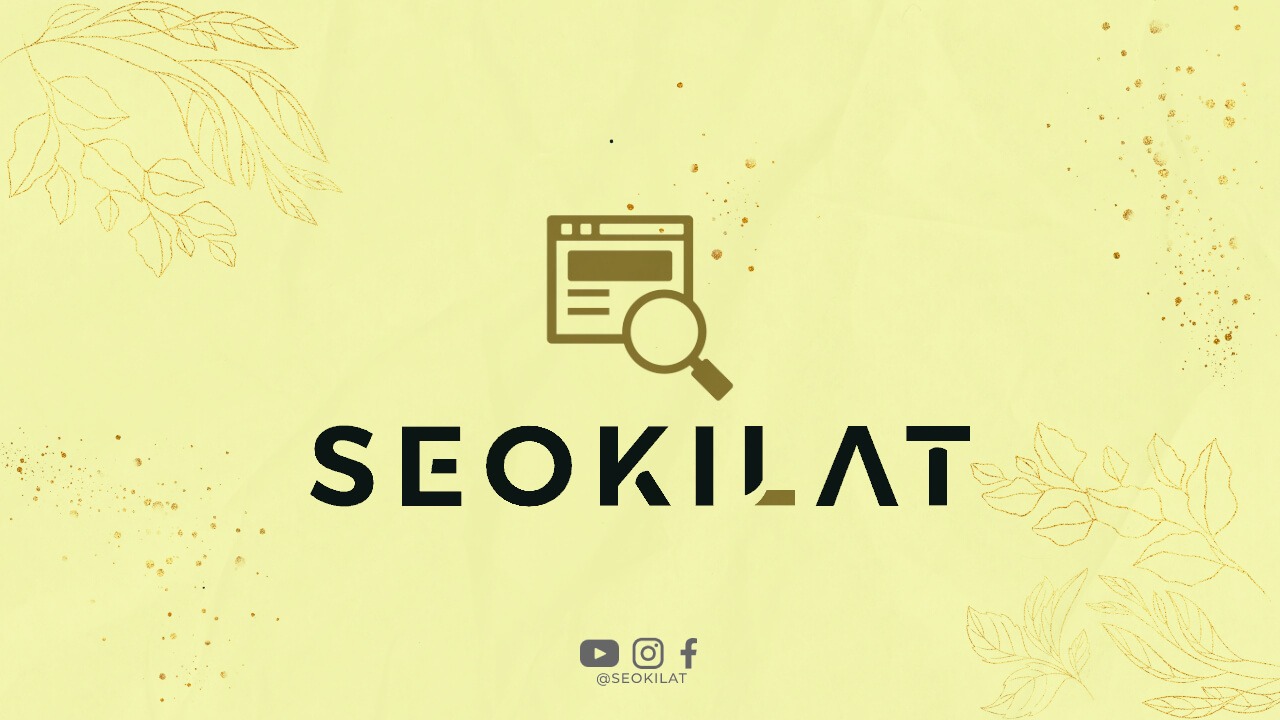With the increasing popularity of digital banking, onboarding has become an essential part of the customer experience. In the past, opening a bank account involved filling out paperwork, waiting for verification, and signing numerous documents. However, digital banking onboarding has made the process much simpler and more efficient.
What is Digital Banking Onboarding?
Digital banking onboarding is the process of opening a bank account or applying for financial services online. It involves filling out an application form, providing identification, and verifying your identity. The process is often completed through a mobile app or website, making it convenient and accessible from anywhere at any time.
The onboarding process can vary depending on the bank or financial institution, but generally, it involves a few key steps:
Step 1: Application Form
The first step in digital banking onboarding is to fill out an application form. This form typically asks for your personal details, such as your name, address, and date of birth. You may also be asked to provide information about your employment status, income, and other financial details.
Step 2: Identification
Once you have filled out the application form, you will need to provide identification. This can be done by submitting a photo of your ID or passport through the app or website. Some banks may also require you to provide additional identification, such as a utility bill or bank statement.
Step 3: Verification
After submitting your application and identification, the bank will verify your information. This can be done through a variety of methods, such as checking your credit score, contacting your employer, or using facial recognition software. Once your information has been verified, you will be notified that your account has been opened.
The Benefits of Digital Banking Onboarding
There are several benefits to using digital banking onboarding, including:
Convenience
One of the main advantages of digital banking onboarding is that it is convenient. You can open an account or apply for financial services from anywhere at any time, without having to visit a physical branch. This is particularly useful for people who have busy schedules or live far away from a bank branch.
Speed
Another benefit of digital banking onboarding is that it is fast. The process can often be completed in a matter of minutes, compared to the days or weeks it can take to open an account in person. This means you can start using your account or accessing financial services sooner.
Security
Digital banking onboarding is also secure. Banks use encryption and other security measures to protect your personal information and prevent fraud. Additionally, the verification process ensures that only legitimate customers can open accounts or apply for financial services.
Personalization
Finally, digital banking onboarding allows for personalization. Banks can use the information you provide during onboarding to offer personalized financial services and recommendations. This can help you make more informed decisions about your money and achieve your financial goals.
Conclusion
Digital banking onboarding has revolutionized the way people open bank accounts and apply for financial services. It is convenient, fast, secure, and personalized, making it an attractive option for many customers. As digital banking continues to grow in popularity, onboarding will become even more important in providing a seamless and enjoyable customer experience.



